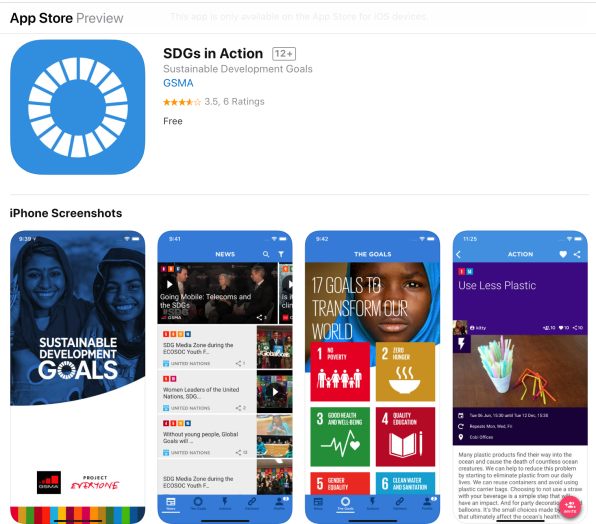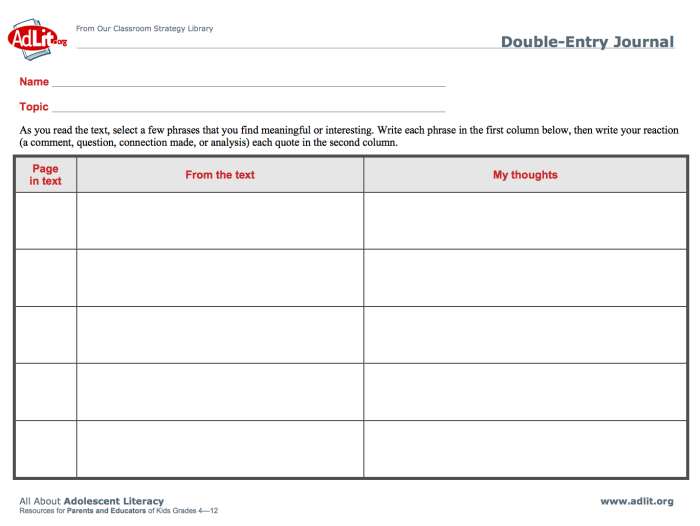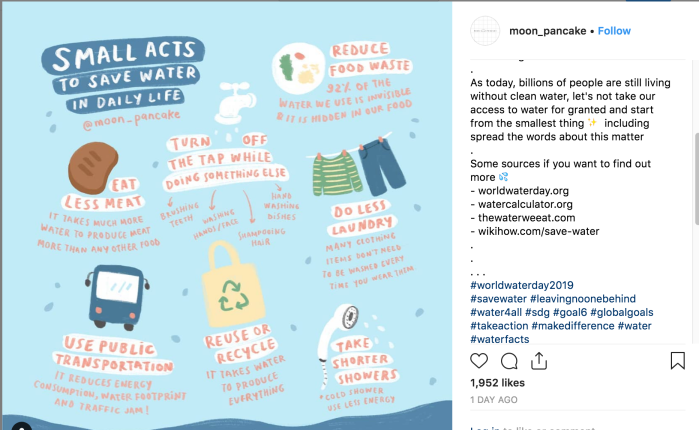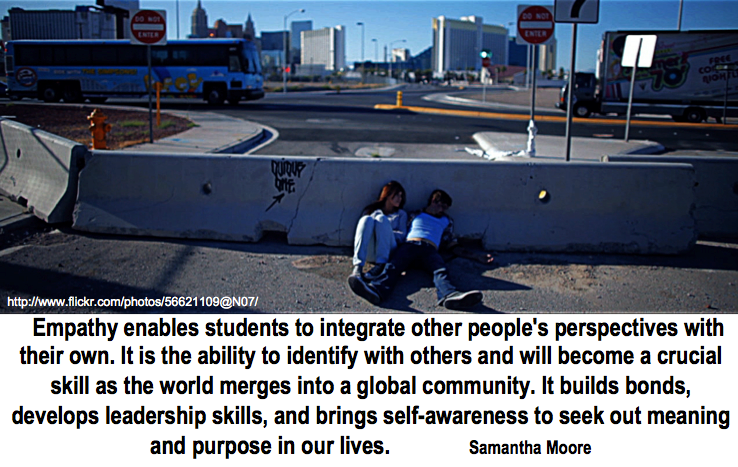Posts Tagged ‘global education’
Sustainable Development Goals: Writing Journals

The 2030 Agenda for Sustainable Development, adopted by all United Nations Member States in 2015, provides a shared blueprint for peace and prosperity for people and the planet, now and into the future. At its heart are the 17 Sustainable Development Goals (SDGs), which are an urgent call for action by all countries – developed and developing – in a global partnership. They recognize that ending poverty and other deprivations must go hand-in-hand with strategies that improve health and education, reduce inequality, and spur economic growth – all while tackling climate change and working to preserve our oceans and forests (Division for Sustainable Development Goals, n.d.).
Assignment Goal:
In order to develop a solid background about the definitions and intent related to the Sustainable Development Goals, you will do research using the resources below and/or from your own research.
State and National Content Area and Literacy Standards Addressed:
Common Core State Standards – ELA
-
CCSS.ELA-LITERACY.RI.9-10.1
Cite strong and thorough textual evidence to support analysis of what the text says explicitly as well as inferences drawn from the text. -
CCSS.ELA-LITERACY.RI.9-10.2
Determine a central idea of a text and analyze its development over the course of the text, including how it emerges and is shaped and refined by specific details; provide an objective summary of the text. - CCSS.ELA-LITERACY.W.9-10.2
Write informative/explanatory texts to examine and convey complex ideas, concepts, and information clearly and accurately through the effective selection, organization, and analysis of content. -
CCSS.ELA-LITERACY.W.9-10.1
Write arguments to support claims in an analysis of substantive topics or texts, using valid reasoning and relevant and sufficient evidence.
Common Core State Standards – Math
- CCSS.MATH.CONTENT.HSS.ID.A.3
Interpret differences in shape, center, and spread in the context of the data sets, accounting for possible effects of extreme data points (outliers).
21st Century Goals
- Use 21st century skills to understand and address global issues
- Learn from and working collaboratively with individuals representing diverse cultures, religions, and lifestyles in a spirit of mutual respect and open dialogue in personal, work, and community contexts
- Understand other nations and cultures, including the use of non-English languages (Battelle for Kids, n.d.).
Suggested Readings and Resources:

Tradebook –
World Bank Group. (2018). Atlas of Sustainable Development Goals 2018: From World Development Indicators (World Bank Atlas). World Bank Publications. (Available at https://optefau.files.wordpress.com/2018/06/9781464812507.pdf.)
The Atlas draws on the World Bank Group’s World Development Indicators, a database of more than 1,400 indicators for more than 220 economies, many going back over 50 years. It also explores new data from scientists and researchers where standards for measuring SDG targets are still being developed. Data are critical for decision making and accountability. Ultimately, the purpose of managing data in this way is to produce measurable results— improved resilience to economic, environmental, and humanitarian shocks; more jobs and opportunities; and improved education, health, nutrition, and gender equality—while leaving no one behind (World Bank Group. 2018, p. 9).
Websites –
- Sustainable Develop Goals – https://sustainabledevelopment.un.org/sdgs
The 2030 Agenda for Sustainable Development, adopted by all United Nations Member States in 2015, provides a shared blueprint for peace and prosperity for people and the planet, now and into the future. At its heart are the 17 Sustainable Development Goals (SDGs), which are an urgent call for action by all countries – developed and developing – in a global partnership. They recognize that ending poverty and other deprivations must go hand-in-hand with strategies that improve health and education, reduce inequality, and spur economic growth – all while tackling climate change and working to preserve our oceans and forests (https://sustainabledevelopment.un.org/sdgs)
- World’s Largest Lesson: http://worldslargestlesson.globalgoals.org/ and the World’s Largest Lesson – Use the Power of Stories: http://worldslargestlesson.globalgoals.org/using-the-power-of-comics/
The webpage from the World’s Largest Lesson contains downloadable comics, graphic novels, and picture books.
iOS App –

- SDGs in Action – https://itunes.apple.com/gb/app/sdgs-in-action/id1152939433
Learn about the 17 SDGs, get news on your favorite goals, find out what you can do how you can take action to help achieve them, create your own events actions and invite others to join you in sustainable actions and events (GSMA LTD, n.d.).
Types of Journaling:
Response journals create permanent records of what readers are feeling and thinking as they interact with texts. A response journal allows students to record their thoughts about texts and emotional reactions to them. Teachers may use prompts to trigger students’ feelings and thoughts about a subject or may invite students to respond freely to what they are reading and doing in class. Prompts include questions, visual stimuli, read-alouds, or situations created to stimulate thinking (Vacca, Vacca, & Mraz, 2017).
You will have a choice of two types of journals and/or a combination of both:
- A Double Journal Entry
- A Sketchbook
A double-entry journal (DEJ) is a versatile adaptation of the response journal. As the name implies, DEJs allow students to record dual entries that are conceptually related. In doing so, students juxtapose their thoughts and feelings according to the prompts they are given for making the entries. To create a two-column format for a DEJ, have students divide sheets of notebook paper in half lengthwise (Vacca, Vacca, & Mraz, 2017).

- Double-Entry Journals – http://www.adlit.org/strategies/22091/
Another option for journaling is through sketchnoting and the use of a sketchbook:
As an introduction to the sketchbook, the class discusses reasons for keeping a sketchbook, which the teacher adapted from a model used by McIntosh (1991):
What should you include in your sketchbook? New ideas, sketches, concepts, designs, redesigns, words, notes from class, drawings to show understanding, reflections on the class, questions that you have, and new things you’ve learned.
When should you include entries in your sketchbook? (1) After each class; (2) anytime an insight or a design idea or question hits you; (3) anytime, so keep the sketchbook handy and visible in your work area.
Why should you draw and write in your sketchbook? (1) It will record your ideas you might otherwise forget; (2) it will record and note your growth; (3) it will facilitate your learning, problem solving, idea forming, research, reading, and discussion in class.
How should you write and draw entries in your sketchbook? You can express yourself in sketches and drawings; in single words, questions, or short phrases; in long, flowing sentences; in designs and redesigns; in diagrams, graphs, and overlays; or in colors.
Remember, the sketchbook is yours, and it reflects how perceptive you are with your ideas and how creative you are in your thought processes (Vacca, Vacca, & Mraz, 2017).
Sketchnoting is gaining more popularity and builds off of the sketchbook method of journaling.
- Get Started with Sketchnoting https://creativeeducator.tech4learning.com/2016/articles/get-started-with-sketchnoting
- Sketchnoting 101: Students Making the Invisible, Visible https://www.gettingsmart.com/2018/01/sketchnoting-101-students-making-the-invisible-visible/
- Visual Note-Taking https://usergeneratededucation.wordpress.com/2012/09/04/visual-note-taking/
Integration of information and Communication Technologies (ICT):
You will create journal entries using either a blog platform or a Google Site. If you decide to make handwritten notes or sketch, you can take pictures and upload those onto your site.
Social Media Alternative
You can also choose to take photos of your notes and post them on Twitter or Instagram. using the #SDG hashtag https://www.instagram.com/explore/tags/sdg/?hl=en.
Twitter Example:
With #SDGSketch, you and your students will discover how the 169 @GlobalGoalsUN targets align with curricula, spark inquiry, and enrich our understanding of both the world & @TheGlobalGoals.
Well done @club17africa, @xLontrax, and @DrMinaOgbanga!!! #TeachSDGs pic.twitter.com/QTyFnVoEq8
— #TeachSDGs (@TeachSDGs) October 1, 2018
Instagram Example:

Source: https://www.instagram.com/p/BvVvhxegDWD/
References:
Battelle for Kids, (n.d.). Frame for 21st Century Learning Definitions. Retrieved from http://www.battelleforkids.org/networks/p21/frameworks-resources.
Common Core State Standards Initiative. (n.d.). English Language Arts Standards » Reading: Informational Text » Grade 9-10. Retrieved from http://www.corestandards.org/ELA-Literacy/RI/9-10/
Common Core State Standards Initiative. (n.d.). High School: Statistics & Probability » Interpreting Categorical & Quantitative Data. Retrieved from http://www.corestandards.org/ELA-Literacy/RI/9-10/.
Division for Sustainable Development Goals. (n.d.). Sustainable Development Goals. Retrieved from https://sustainabledevelopment.un.org/sdgs.
GSMA LTD (2018). SDGs in Action [Mobile application software]. Retrieved from https://itunes.apple.com/gb/app/sdgs-in-action/id1152939433.
Vacca, R. T., Vacca, J.L., & Mraz, M. (2017). Content area reading:Literacy and learning across the curriculum. (12th ed.). Boston, MA: Pearson Education
World Bank Group. (2018). Atlas of Sustainable Development Goals 2018: From World Development Indicators (World Bank Atlas). World Bank Publications.
The World’s Largest Lesson: Sustainable Development Goals’ Activities
I have a strong belief that education should assist learners in developing the desire and skills for global stewardship. I discussed this in my post, Empathy and Global Stewardship: The Other 21st Century Skills https://usergeneratededucation.wordpress.com/2013/07/28/empathy-and-global-stewardship-the-other-21st-century-skills/.
Learners, grades 5 and 6, in my gifted class do the global goals projects one hour per week. What follows are some of the activities they have done.
Introducing and Choosing the Goals
The Global Goals lesson was introduced to learners through the following videos:
They were then asked to explore each of the goals via the World’s Greatest Lesson website: http://worldslargestlesson.globalgoals.org/ using their newly constructed Global Goals glasses (template found at http://cdn.worldslargestlesson.globalgoals.org/2017/08/WLL-Glasses-V3.pdf).

The final part of their introduction and exploration of the global goals was for each learner to choose one or two goals to further explore and research; and to list these on their personal blogs. They presented their selections to the rest of the class.


Activity: Board Game Go Goals!
“GO GOALS!” board game. The purpose of this game is to help children understand the Sustainable Development Goals, how they impact their lives and what they can do every day to help and achieve the 17 goals by 2030. The game can be downloaded at http://go-goals.org/


Activity: Exploring Wealth Inequalities

This was such a powerful activity. I blogged about it in Exploring Wealth Inequities: An Experiential Learning Activity https://usergeneratededucation.wordpress.com/2017/12/02/exploring-wealth-inequities-an-experiential-learning-activity/
Here is a video from their activity:
Activity: Superhero to Help Rescue Climate Change
Learners completed the worksheets (1-3) found at http://cdn.worldslargestlesson.globalgoals.org/2017/09/WLL_ClimateComicContest_Final-1.pdf.


The learner responses were posted on the bulletin outside of the classroom hopefully to bring some awareness to other teachers and students in the school.
Creating a Website
Learners, either alone or with a partner, are creating websites about their chosen goals using Google Sites (we are a Google apps district). They are required to include the following items:
- An overview of the problem using reputable resources and with live links included,
- Multimedia presentations (2) using Web 2.0 tools from this list provided to them via our Google Classroom – https://www.symbaloo.com/embed/multimediatools8?,
- A self-grading quiz using Google Forms,
- A Green Screen or Flipgrid commentary.
Exploring Wealth Inequities: An Experiential Learning Activity
One of the legacies I want to leave with my students (of all ages) is a desire to engage in global stewardship. For more about this see my post, Empathy and Global Stewardship: The Other 21st Century Skills.
As part of my gifted education classes, I am asking my 5th and 6th graders to choose, explore, research, and report via their own Google Sites on one or two of the 17 Global Goals found at The World’s Largest Lesson. Here is the list of global goals selected by my students:

To supplement their online work, I am doing a series of experiential activities with them (FYI – this also supports my desire to balance technology and no technology activities, where student need to communicate and collaborate with one another without the use of devices). We began these activities with Exploring Wealth Inequalities, which I explain below.
Goals
- Explore inequalities of wealth and better understand experiences of economic inequality.
- To graphically demonstrate the vast differences in wealth between different areas of the world.
- Generate ideas for action towards economic equality.
The Task
To use the supplies given to your group to create a model city.
Materials
- Masking Tape – both for creating the boundaries and for building
- Paper or Plastic Cups
- Straws
- Index Cards
- Candy such as M&Ms, Skittles, Hersey’s Kisses.
- Paper Bags
The Set-Up
The setting below is set up prior to the learners’ arrival.

Randomly separate learners into three different groups. Bring them to their area one group at a time and explain the task.
The Wealthy Group:
The wealthy group has more area in which to work, more supplies, and bags of candy with much more than enough for each learner. The facilitator explains the task offering lots of help if they ask for it. They can leave the boundaries of their area. If they ask for more supplies or goods, the facilitator will get it for them – taking it from another group if needed. An unspoken, hidden rule is that they can offer and give any of their supplies to the lower income groups.
The Middle Income Group:
The middle group has everything in moderation – a moderate amount of area to work in – a moderate amount of supplies to build their city. They each get a bag of candy with a few pieces of candy per bag. The facilitator explains the task but doesn’t offer support.
The Poorest Income Group:
This group is given a taped off area in which there is very little room to move; very limited supplies; and a few pieces of candy to share among the group members. The facilitator briefly and impatiently explains the directions to build a model city with the supplies provided.
Debriefing
Students are shown the following video:
. . . and then discuss the following questions:
- Were you treated fairly?
- What aspects of this game represented how the world’s wealth and power are distributed?
- How did the members of the different groups feel about their situation?
- After playing this game do you have a better understanding of the situation or attitude of poor people/nations? Of the situation or attitude of wealthy people/nations?
- Who are the “haves” and the “have nots” in the world today? Who are the “haves” and “have nots” in our country today? In our state or community? Why?
- Should the “haves” be concerned about the situation of the “have nots?” For what reasons? economic? moral/religious? political? Why might the “haves” give money or resources to the “have nots”? Is this a way to solve the problems of poverty?
- What might the “have-nots” do to improve their situation? What are some actions that “have-nots” have taken around the globe and at home to address the inequalities of wealth and power?
- Do you think there should be a redistribution of wealth and power in this country? Why or why not? If yes, how would you propose to accomplish this? What principles would guide your proposals for change?
- Do you think there should be a redistribution of wealth and power throughout the world? Why or why not? If yes, how would you propose to accomplish this? What principles would guide your proposals for change?
(http://hrlibrary.umn.edu/edumat/hreduseries/tb1b/Section2/activity2.html)
Here are some of the comments from my students during the debrief.





